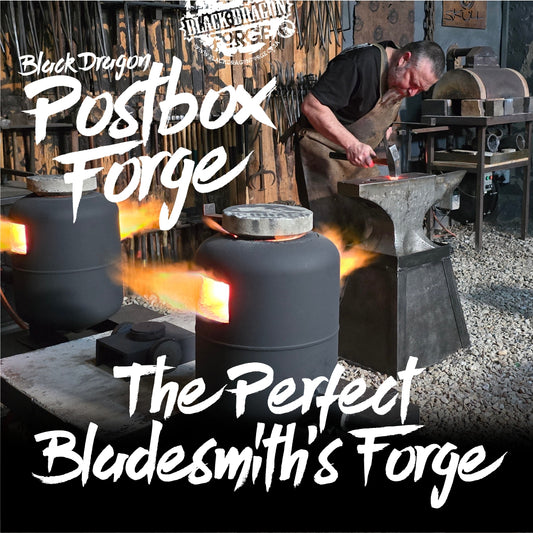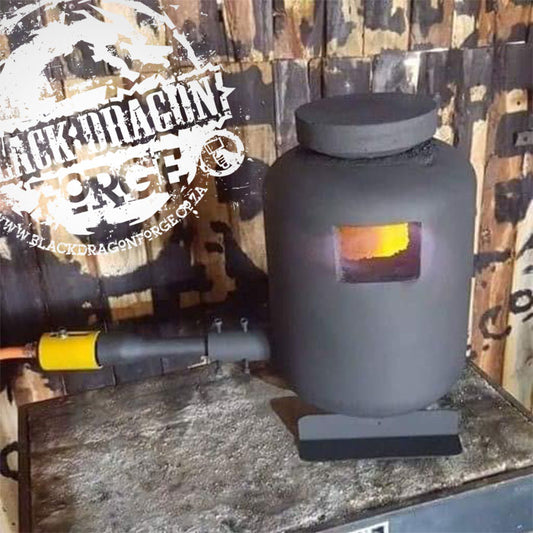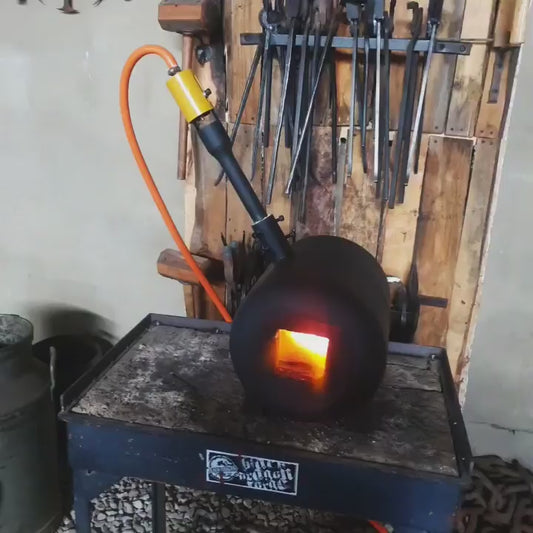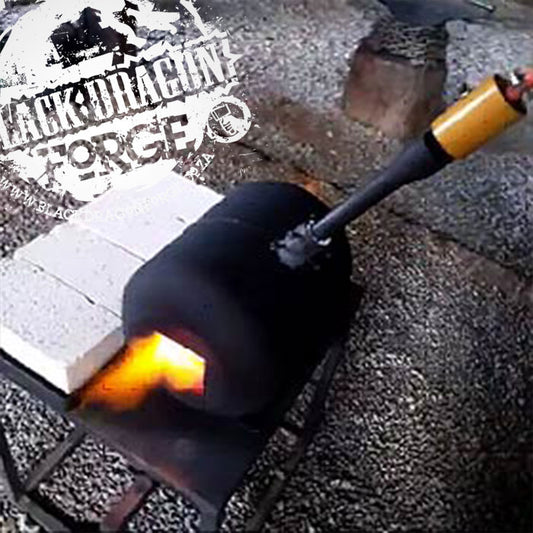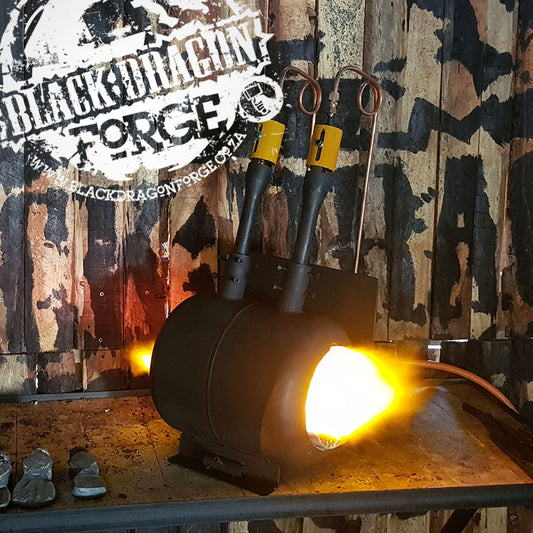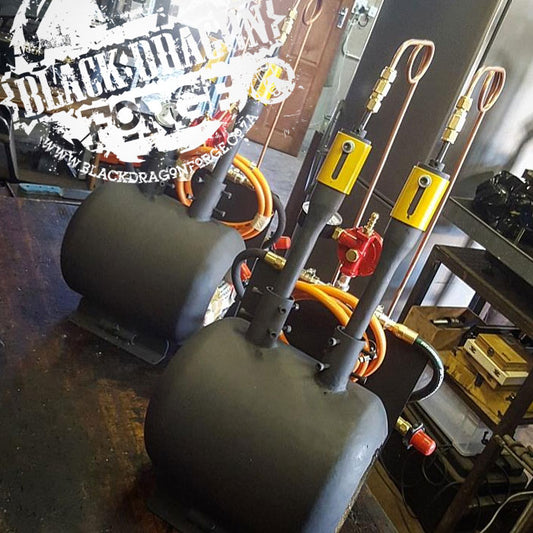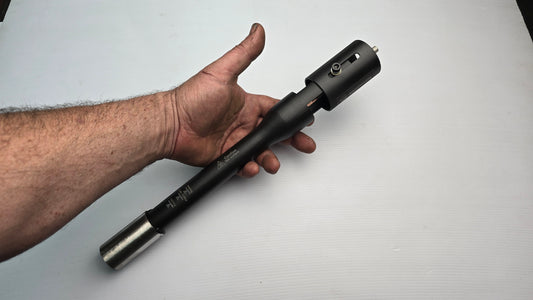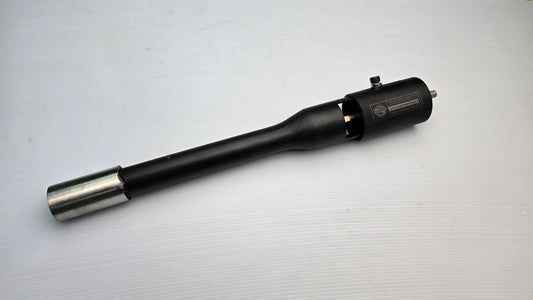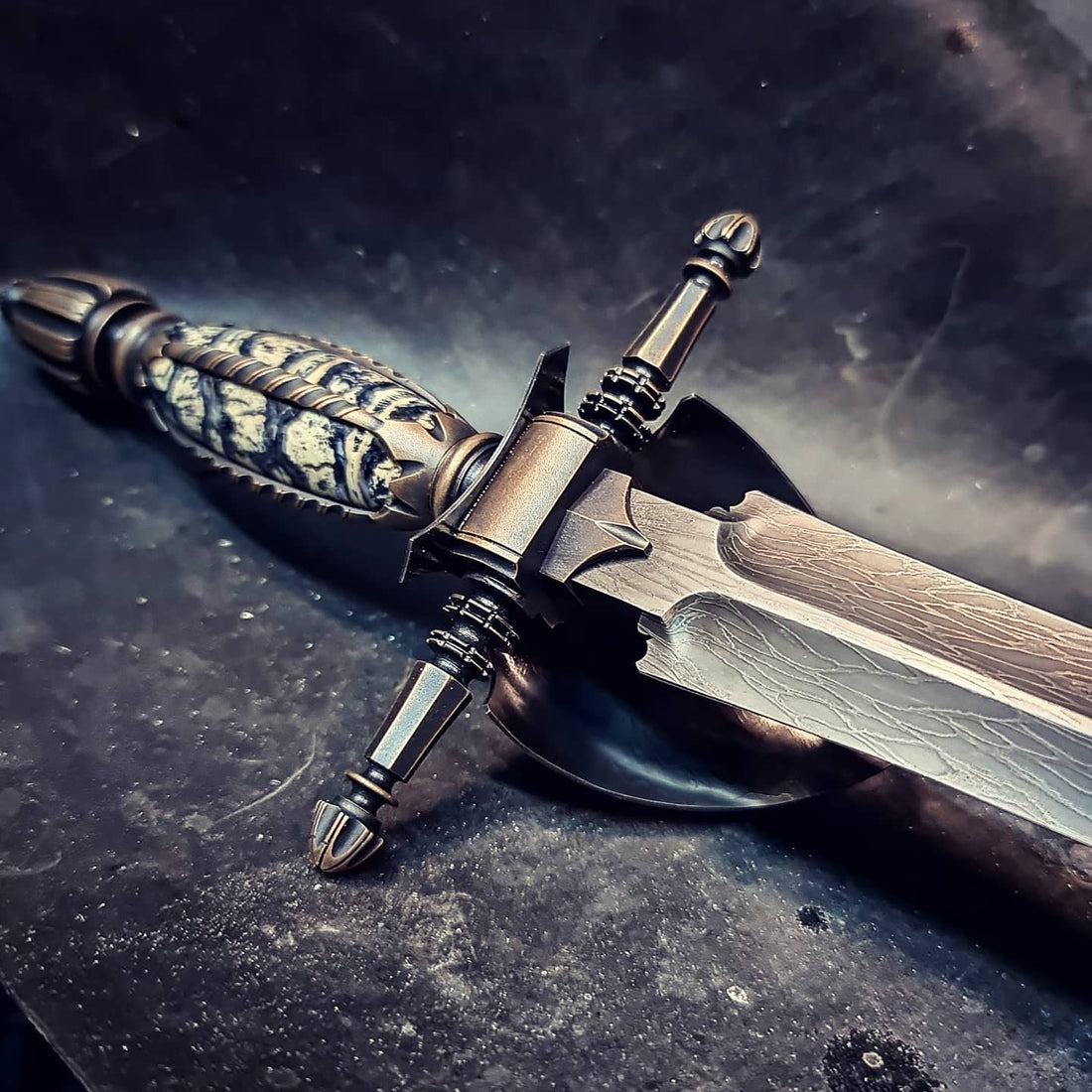
Understanding the Challenges and Pain Points Faced by Customers in the Handmade Knife Industry
Neels Van Den BergHave you ever held a beautifully crafted handmade knife in your hands? The weight, balance, and precision can make you appreciate the artistry and skill that goes into creating such a tool. The handmade knife industry has a rich history and a dedicated community of artisans who pour their passion into crafting these unique pieces. However, behind the scenes, there are challenges and pain points that customers may not be aware of. In this article, we will delve into the world of the handmade knife industry and explore the difficulties faced by both customers and craftsmen. So, let's embark on this journey and uncover the intricacies of this fascinating industry.
1. The Allure of Handmade Knives
Before we dive into the challenges, let's first understand why handmade knives hold such appeal. Handcrafted knives offer a level of craftsmanship and individuality that mass-produced knives simply cannot match. Each handmade knife is a work of art, bearing the distinct touch of the maker. These knives are often made from high-quality materials and crafted with meticulous attention to detail. Their uniqueness and the story behind their creation make them highly desirable to collectors and enthusiasts alike.
2. Quality Control: Balancing Consistency and Individuality
One of the significant challenges faced by artisans in the handmade knife industry is maintaining a balance between consistency and individuality. Customers expect a certain level of quality and performance from handmade knives. However, ensuring consistency across multiple knives while still preserving the unique character of each piece is a delicate task. Artisans must invest time and effort in developing processes that allow them to create consistent products without compromising the individuality that sets handmade knives apart.
3. Pricing: Reflecting Craftsmanship and Affordability
Handmade knives often come with a higher price tag compared to mass-produced alternatives. This pricing is a reflection of the craftsmanship, time, and skill involved in creating each knife. However, finding the right balance between pricing and affordability can be a challenge for both artisans and customers. Artisans must cover their costs and make a living from their craft, while customers seek value for their investment. Striking this delicate balance is essential for the sustainability of the industry and ensuring that both parties benefit.
4. Supply and Demand: Meeting the Expectations
In the handmade knife industry, supply and demand play a crucial role. The demand for high-quality handmade knives is growing, fueled by collectors, outdoor enthusiasts, and culinary professionals. However, meeting this demand is not always easy for artisans. Handcrafting knives requires time, expertise, and attention to detail. Scaling up production without compromising quality can be a daunting task. Artisans often face challenges in meeting customer expectations while ensuring that the craftsmanship remains uncompromised.
5. Time and Patience: The Art of Waiting
When you order a handmade knife, be prepared for a wait. Patience is indeed a virtue in this industry. Crafting a high-quality handmade knife takes time, and customers must understand and appreciate this aspect. Artisans pour hours of work into each knife, from designing and shaping the blade to perfecting the handle and applying finishes. The result is a unique piece that stands the test of time. So, if you're considering purchasing a handmade knife, be ready to embrace the anticipation and savor the final product when it arrives.
6. Communication: Bridging the Gap
Clear and effective communication between artisans and customers is vital in the handmade knife industry. However, due to the nature of the craft, misunderstandings and misinterpretations can occur. Artisans may have a specific vision in mind, while customers have their own expectations. Bridging this gap requires open and honest communication, where both parties can discuss design, materials, and other important factors. By establishing a strong line of communication, artisans can better understand their customers' needs, resulting in a more satisfactory end product.
7. Education and Awareness: Appreciating the Craft
One of the challenges faced by the handmade knife industry is educating customers about the craft and its value. Many customers may not fully understand the intricacies and skill required to create a handmade knife. They may compare the prices of mass-produced knives with handmade ones without considering the differences in craftsmanship. Building awareness and educating customers about the artistry, durability, and uniqueness of handmade knives can help foster a greater appreciation for the craft and support the artisans who dedicate their lives to it.
Conclusion
In the world of the handmade knife industry, behind the beauty and allure, lie several challenges and pain points. From maintaining quality control to balancing pricing and meeting customer expectations, artisans navigate a complex landscape. Customers, on the other hand, need to understand the time, effort, and passion that goes into crafting each unique piece. By bridging the communication gap and fostering awareness, we can support and appreciate the artisans who keep the tradition of handmade knives alive.
Frequently Asked Questions (FAQs)
1. Are handmade knives better than mass-produced knives?
Handmade knives offer a level of craftsmanship and individuality that mass-produced knives cannot match. They are often made from high-quality materials and crafted with meticulous attention to detail, resulting in superior performance and longevity.
2. Why do handmade knives have a higher price tag?
The higher price of handmade knives reflects the craftsmanship, time, and skill involved in their creation. Artisans invest hours of work into each piece, ensuring the highest quality and individuality.
3. How long does it take to make a handmade knife?
Crafting a handmade knife is a time-intensive process. Depending on the complexity and design, it can take several weeks to months to create a single knife. Patience is key when waiting for a handmade knife to be completed.
4. How can I communicate my preferences to a knife artisan?
Clear and open communication is crucial when working with a knife artisan. Take the time to discuss your design preferences, materials, and any specific requirements you have. This will help ensure that the final product aligns with your expectations.
5. Where can I find reputable artisans who create handmade knives?
There are various online platforms, forums, and communities dedicated to handmade knives. Researching and exploring these resources can help you discover reputable artisans who specialize in creating high-quality handmade knives.
Remember, when you hold a handmade knife, you hold a piece of artistry, passion, and dedication. Understanding the challenges and pain points faced by customers in the handmade knife industry allows us to appreciate the craft even more. So, the next time you reach for a knife, consider the story behind it and the hands that shaped it with care.

